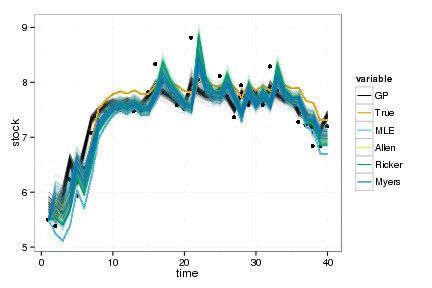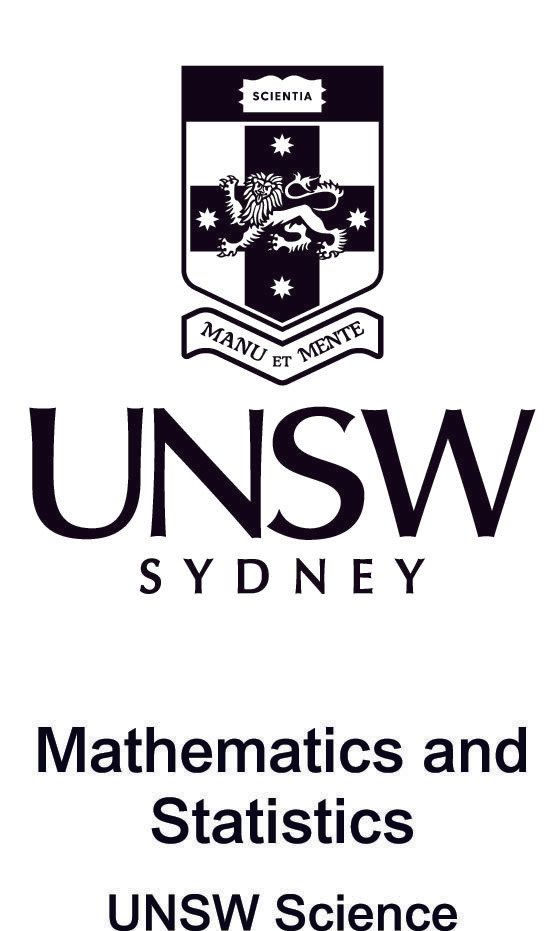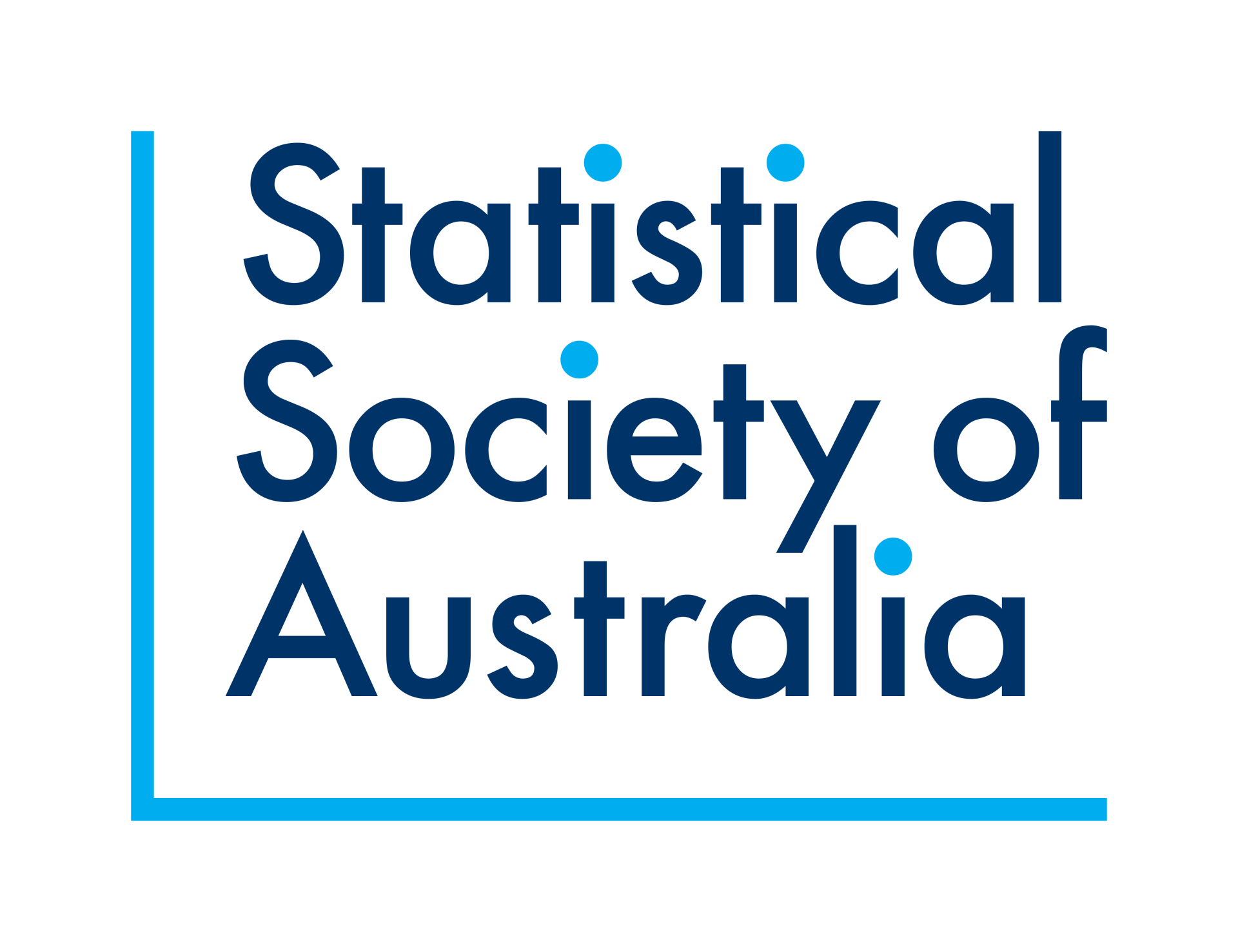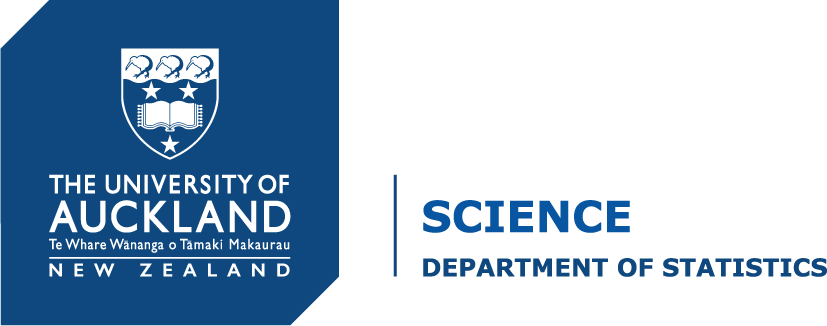Training
Skills Showcase
The first day of the conference (Monday June 22nd) was be a Skills Showcase, with 75 minute introductory tutorials running in parallel on diverse topics, including the following:
- A practical tutorial on residual diagnostics for hierarchical (multi-level/mixed) regression models with DHARMa (Florian Hartig, University of Regensburg)
- An introduction to multilevel and phylogenetic meta-analysis using metafor (Shinichi Nakagawa, UNSW, Sydney)
- Bayesian modelling with greta (Nick Golding, University of Melbourne)
- CaPow! Online simulation and power analysis for open-population capture-recapture (Robin Aldridge-Sutton and Rachel Fewster, University of Auckland)
- Deep learning: opening the black box (Jennifer Hoeting, Colorado State University)
- Getting started with hidden Markov models (Vianey Leos-Barajas, North Carolina State University)
- Going beyond 2D and 3D to visualise higher dimensions, for ordination, clustering and other models (Dianne Cook, Monash University)
- Hierarchical modelling of species communities - accounting for environment, traits and phylogeny in space and time (Otso Ovaskainen, University of Helsinki)
- Inferences from passive acoustics: detection, classification, localisation, tracking and density estimation (Len Thomas, University of St Andrews)
- Modelling ecological data as thinned point processes with
inlabru (Janine Illian, University of Glasgow)
Short Courses
The weekend before the conference (June 20th-21st) featured the below short courses. Each course ran over both days, in one of the two conference sessions: Session 1 (8-11am GMT), or Session 2 (9pm-12am GMT).
Sorry, all short courses full!
| Session 1 (8-11am GMT). Session is fully subscribed. | Session 2 (9pm-12am GMT). Session is fully subscribed. |
|---|---|
| Level-up your R package | A statistical view of deep learning in ecology |
| Multivariate modelling in ecology and joint species distribution models | With great power comes great responsibility: Stan for modern ecological modelling |
| Spatial modelling and visualization of species distribution and disease risk using R and INLA |











